Home>Furniture & Design>Interior Design Trends>What Is Considered A Glass Of Wine
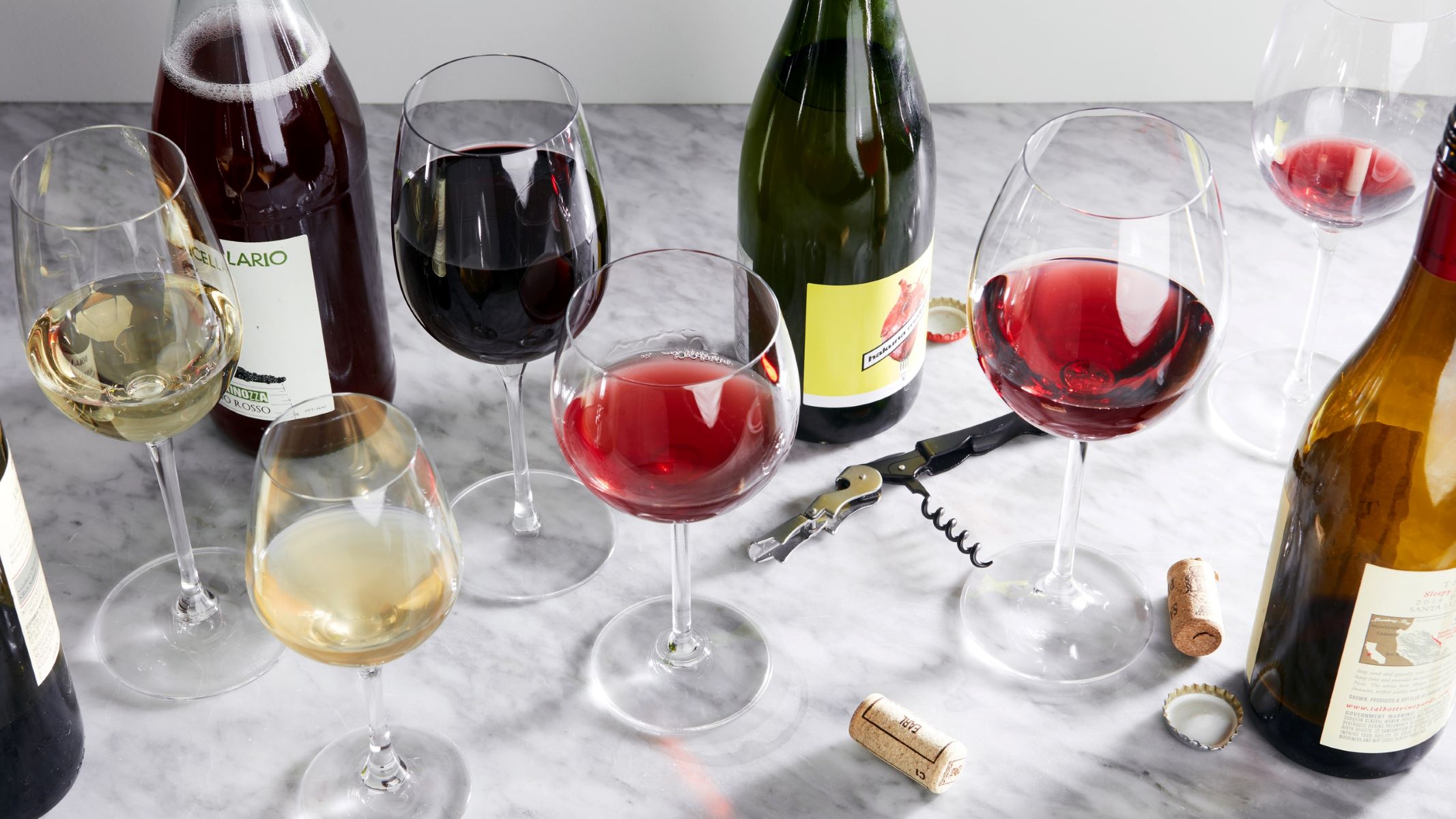

Interior Design Trends
What Is Considered A Glass Of Wine
Modified: October 19, 2024
Discover the latest interior design trends for creating the perfect glass of wine at home. Explore innovative ideas and inspiration for your wine space.
(Many of the links in this article redirect to a specific reviewed product. Your purchase of these products through affiliate links helps to generate commission for Storables.com, at no extra cost. Learn more)
Standard Serving Size
When it comes to savoring a glass of wine, understanding the standard serving size is crucial. A typical serving of wine is 5 ounces, which is equivalent to about 150 milliliters. This measurement is not arbitrary; it has been established to ensure that individuals can enjoy the beverage in moderation while appreciating its flavor and nuances.
The 5-ounce serving size is not just a matter of convention; it also aligns with health and wellness recommendations. This portion allows for the enjoyment of the wine's taste and aroma without overindulging. It strikes a balance, enabling individuals to experience the sensory pleasure of wine while being mindful of their alcohol consumption.
It's important to note that the size of a standard serving can vary depending on the type of wine glass used. For instance, a larger wine glass may hold more than 5 ounces, which could lead to unintentionally consuming a larger serving. Conversely, a smaller glass may hold less than 5 ounces, potentially prompting the temptation to pour multiple servings. Therefore, being mindful of the glass size is essential in maintaining the integrity of a standard serving.
Understanding the standard serving size of wine is not only about moderation; it also contributes to the overall experience of enjoying wine. By adhering to the recommended portion, individuals can fully appreciate the wine's characteristics, from its color and aroma to its taste and finish. This mindful approach allows for a more immersive and gratifying wine-tasting experience.
In essence, the standard serving size of wine, set at 5 ounces, serves as a guide for responsible and enjoyable consumption. It encourages individuals to savor the complexities of wine while being mindful of their intake, ultimately enhancing the overall appreciation of this timeless libation.
Key Takeaways:
- Enjoy wine responsibly by sticking to a 5-ounce serving size, allowing you to savor its flavors without overindulging. Mind the glass size to maintain the standard serving.
- Understanding wine’s alcohol content and health guidelines empowers you to appreciate its diverse expressions while prioritizing moderation and well-being.
Read more: What Is A Standard Glass Of Wine
Alcohol Content
The alcohol content of wine is a pivotal aspect that significantly influences its character and the overall experience of indulging in a glass. Understanding the alcohol content is essential for both connoisseurs and casual enthusiasts, as it directly impacts the flavor profile, body, and potential effects of the wine.
In general, the alcohol content of wine is measured as a percentage by volume. This percentage denotes the proportion of alcohol present in the wine, typically ranging from 8% to 17%, although it can occasionally exceed this range. The alcohol content is primarily determined by the fermentation process, during which yeast converts the natural sugars in the grape juice into alcohol and carbon dioxide.
The alcohol content of wine plays a crucial role in shaping its sensory attributes. Wines with lower alcohol content, such as many traditional European styles, often exhibit a lighter body and more delicate flavors. On the other hand, wines with higher alcohol content, commonly associated with warmer climate regions, tend to possess a fuller body and bolder, more pronounced flavors.
Moreover, the alcohol content contributes to the overall mouthfeel and texture of the wine. Wines with elevated alcohol levels may impart a sense of warmth and richness, while those with lower alcohol content may offer a more refreshing and lighter sensation.
Beyond the sensory aspects, the alcohol content of wine also has implications for responsible consumption. It is important for individuals to be aware of the alcohol levels in the wines they consume, as this knowledge can guide them in moderating their intake and making informed choices.
In the realm of wine appreciation, understanding the alcohol content adds depth to the experience. It allows enthusiasts to appreciate the diverse expressions of wine, from the ethereal lightness of a low-alcohol wine to the robust intensity of a high-alcohol varietal. This awareness empowers individuals to select wines that align with their preferences and occasions, enriching their overall enjoyment.
In essence, the alcohol content of wine is a fundamental element that permeates every facet of the wine-drinking experience. It shapes the sensory dimensions of the wine, influences responsible consumption, and enriches the appreciation of its diverse expressions, making it an indispensable consideration for wine enthusiasts and novices alike.
Health Guidelines
Understanding the health guidelines related to wine consumption is essential for individuals who appreciate this timeless libation. While wine can be enjoyed for its sensory pleasures and cultural significance, it is crucial to be mindful of its potential impact on health. Health guidelines serve as a compass, providing valuable insights into responsible and moderate wine consumption.
The concept of moderation is at the core of health guidelines for wine consumption. According to various health organizations and experts, moderate wine intake is often defined as up to one 5-ounce glass per day for women and up to two 5-ounce glasses per day for men. This recommended limit is based on extensive research and epidemiological studies that have explored the potential health effects of moderate wine consumption.
One of the key components of wine that has garnered attention from health professionals is its antioxidant content. Red wine, in particular, is renowned for containing antioxidants such as resveratrol, which is believed to offer potential health benefits. These antioxidants are thought to play a role in supporting heart health and overall well-being. However, it is important to note that while moderate wine consumption may offer certain health advantages, excessive or heavy drinking can lead to adverse health effects.
In addition to the quantity of wine consumed, the context in which it is enjoyed is also a crucial consideration. Health guidelines emphasize the importance of integrating wine into a balanced and healthy lifestyle. This entails consuming wine alongside nutritious meals, engaging in regular physical activity, and avoiding excessive alcohol intake on a consistent basis.
Furthermore, individual factors such as age, medical history, and medications should be taken into account when adhering to health guidelines for wine consumption. It is advisable for individuals to consult with healthcare professionals to determine whether moderate wine intake aligns with their overall health and well-being.
By adhering to health guidelines, individuals can savor the sensory delights of wine while being mindful of their well-being. Embracing a balanced and moderate approach to wine consumption allows enthusiasts to appreciate its cultural significance and nuanced flavors without compromising their health.
In essence, health guidelines for wine consumption serve as a compass, guiding individuals toward responsible and mindful enjoyment. By embracing moderation and integrating wine into a healthy lifestyle, enthusiasts can relish the pleasures of wine while safeguarding their well-being.
Different Types of Wine
The world of wine is a rich tapestry woven with an array of varietals, each possessing distinct characteristics that captivate the senses and reflect the unique terroir from which they originate. From the luscious reds to the crisp whites and the effervescent sparklings, the diversity of wine types offers an enchanting journey for enthusiasts and novices alike.
Red Wine
Red wine, renowned for its depth and complexity, encompasses a broad spectrum of varietals, each with its own allure. From the bold and robust Cabernet Sauvignon to the elegant and velvety Pinot Noir, red wines exhibit a captivating range of flavors, aromas, and textures. Whether it's the opulent notes of dark fruits in a Malbec or the earthy undertones of a Merlot, red wines entice the palate with their rich and nuanced profiles.
Read more: What Are Stemless Wine Glasses?
White Wine
In contrast to their red counterparts, white wines exude a refreshing and vibrant allure. Varieties such as Chardonnay, Sauvignon Blanc, and Riesling offer an exquisite array of flavors, from the zesty citrus notes of a crisp Chardonnay to the floral and tropical nuances of a luscious Viognier. White wines are celebrated for their versatility, making them an ideal companion for a myriad of culinary delights.
Rosé Wine
Rosé wine, with its enchanting blush hues, embodies the epitome of elegance and charm. Crafted from a diverse range of red grape varietals, rosé wines boast a delightful spectrum of flavors, from the vibrant berry notes of a Grenache-based rosé to the refreshing acidity of a Sangiovese rosé. With its alluring color and refreshing character, rosé wine has become a beloved choice for leisurely gatherings and al fresco dining.
Sparkling Wine
The effervescence of sparkling wine adds a touch of celebration to any occasion. From the iconic effervescence of Champagne to the vibrant allure of Prosecco and the delicate charm of Cava, sparkling wines offer a symphony of bubbles and a spectrum of flavors. Whether it's the crisp apple notes of a Brut or the decadent sweetness of a Demi-Sec, sparkling wines elevate moments with their effervescent elegance.
Dessert Wine
Dessert wines, with their luscious sweetness and opulent flavors, provide a decadent finale to a memorable meal. Varietals such as Port, Sauternes, and Ice Wine offer an indulgent sensorial experience, with notes of honeyed apricots, luscious berries, and rich caramel. These wines are cherished for their ability to complement desserts or serve as a sumptuous standalone indulgence.
In essence, the diverse array of wine types embodies the artistry and craftsmanship of winemaking, offering a kaleidoscope of flavors, aromas, and textures. Each type of wine invites enthusiasts to embark on a sensory journey, unveiling the unique essence of the grape and the terroir from which it hails. Whether savoring the bold complexity of a red wine or the refreshing allure of a white, the world of wine beckons with an enchanting tapestry of varietals, each waiting to be discovered and savored.
Read more: What Is A Wine Glass Called
Cultural and Social Considerations
Wine holds a revered position in various cultures around the world, serving as a symbol of conviviality, tradition, and shared experiences. The cultural and social significance of wine extends far beyond its sensory allure, encompassing rituals, customs, and the fostering of meaningful connections.
In many Mediterranean countries, such as Italy, Spain, and France, wine is deeply ingrained in the fabric of daily life. It is an integral part of meals, celebrations, and familial gatherings, where it serves as a catalyst for bonding and merriment. The act of sharing a bottle of wine is a time-honored tradition, fostering a sense of community and togetherness.
Furthermore, wine plays a pivotal role in ceremonial and religious practices in various cultures. From the sacramental significance of wine in Christian rituals to its symbolic representation of joy and abundance in traditional weddings and festivals, wine transcends its role as a beverage, becoming a conduit for spiritual and communal connections.
The social dynamics surrounding wine consumption are equally significant. Wine has the remarkable ability to facilitate conversations, forge friendships, and create lasting memories. Whether it's a casual gathering with friends, a formal dinner party, or a festive celebration, the presence of wine often sets the stage for conviviality and shared enjoyment.
Moreover, the appreciation of wine is intertwined with the concept of terroir, which encapsulates the environmental and cultural influences that shape the character of a wine. This concept underscores the profound connection between wine and the land from which it originates, highlighting the cultural heritage and traditions that imbue each bottle with a sense of place and history.
In contemporary society, wine has also become a focal point for cultural exploration and education. Wine tastings, vineyard tours, and oenology courses offer enthusiasts the opportunity to delve into the rich tapestry of wine culture, fostering a deeper understanding of its historical, geographical, and sociocultural dimensions.
Ultimately, the cultural and social considerations surrounding wine underscore its role as a unifying force, bringing people together across diverse backgrounds and traditions. Whether it's the conviviality of a shared toast, the reverence of a ceremonial sip, or the exploration of new flavors, wine serves as a conduit for cultural exchange, celebration, and the forging of enduring connections.
Frequently Asked Questions about What Is Considered A Glass Of Wine
Was this page helpful?
At Storables.com, we guarantee accurate and reliable information. Our content, validated by Expert Board Contributors, is crafted following stringent Editorial Policies. We're committed to providing you with well-researched, expert-backed insights for all your informational needs.
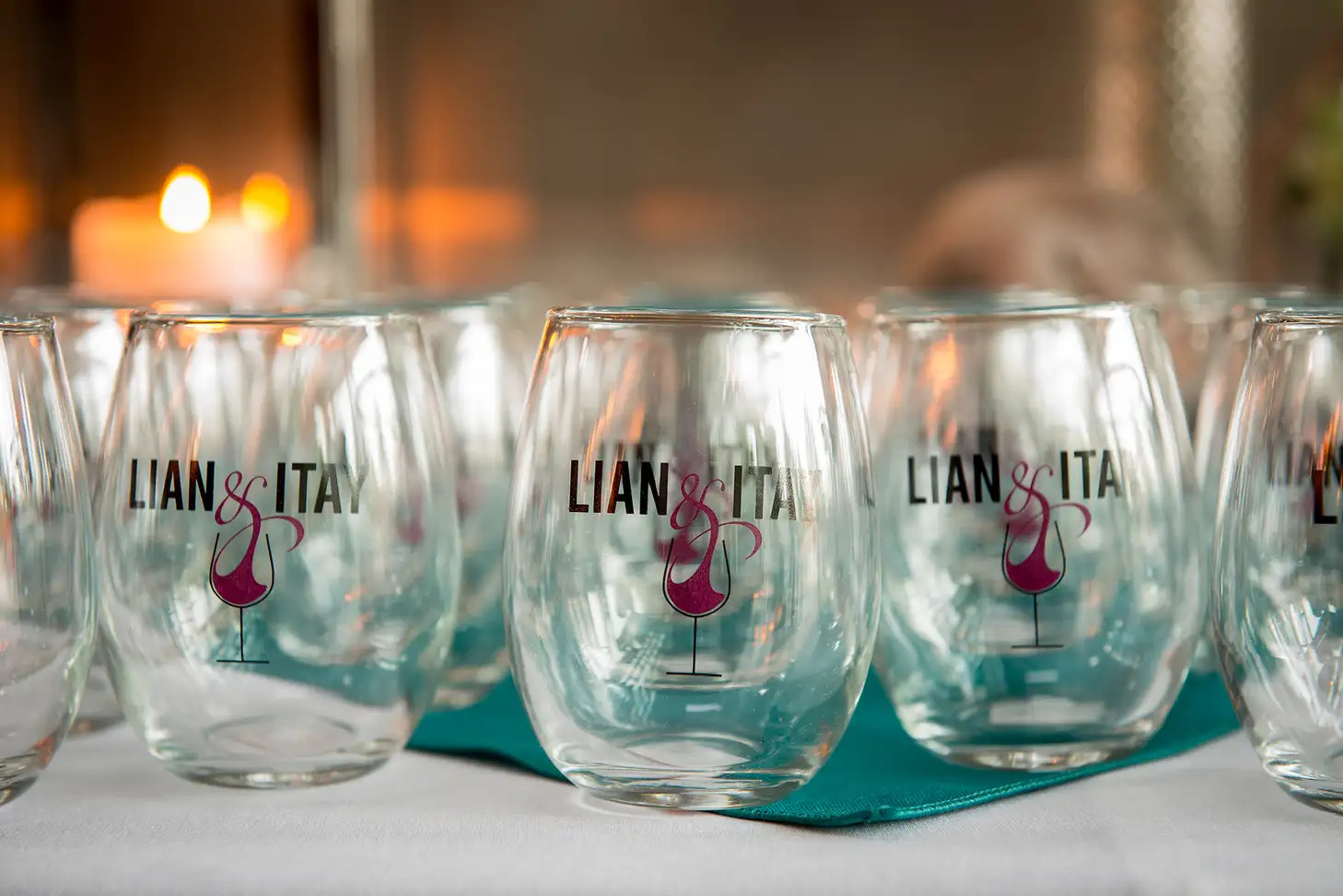
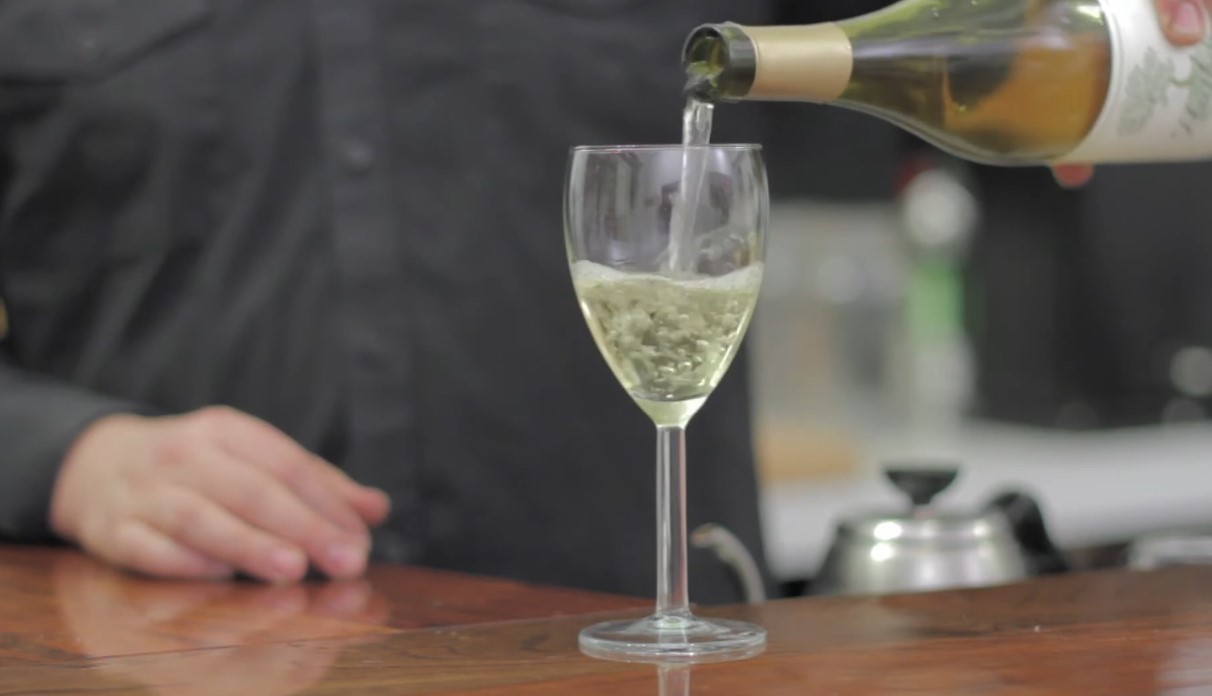
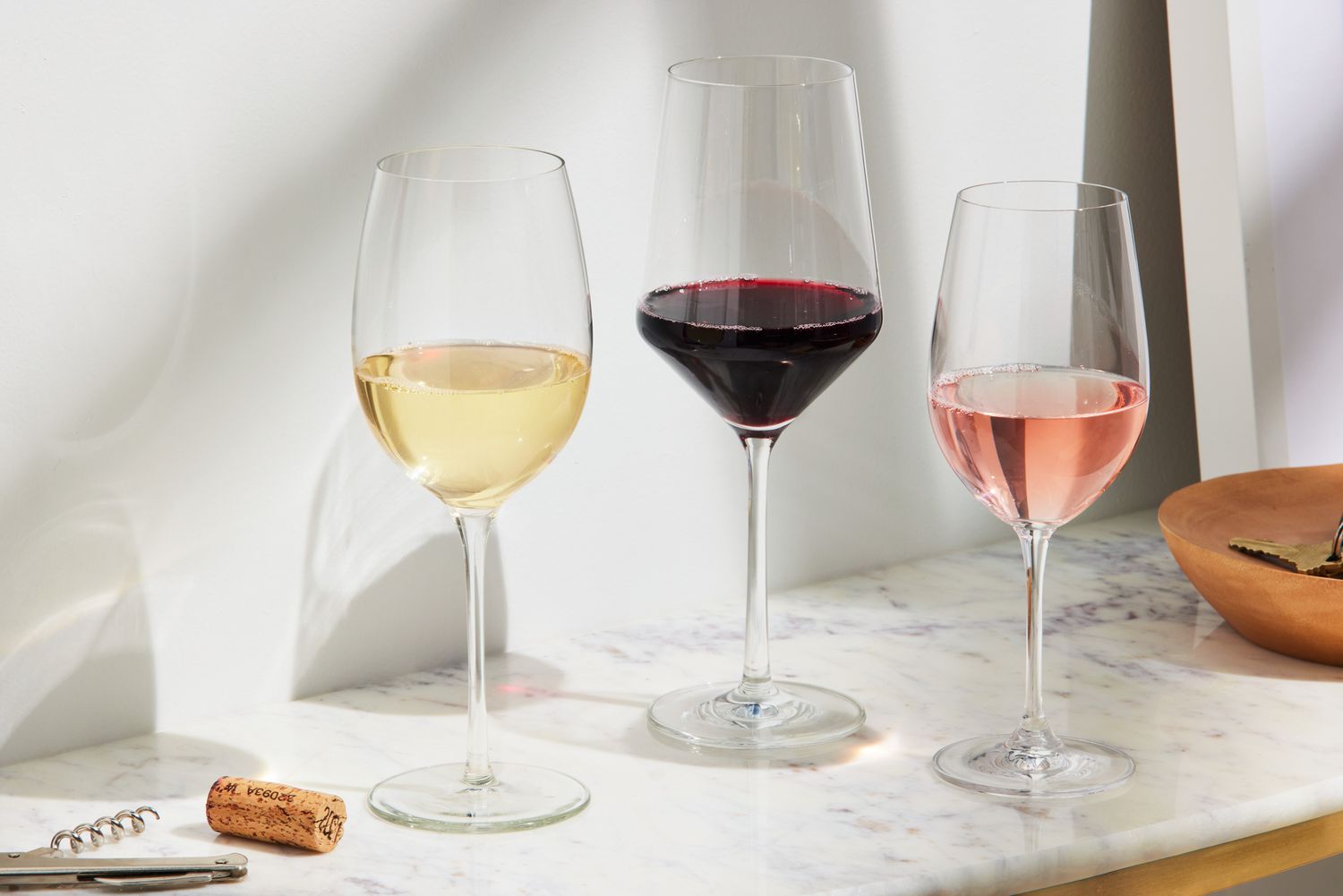


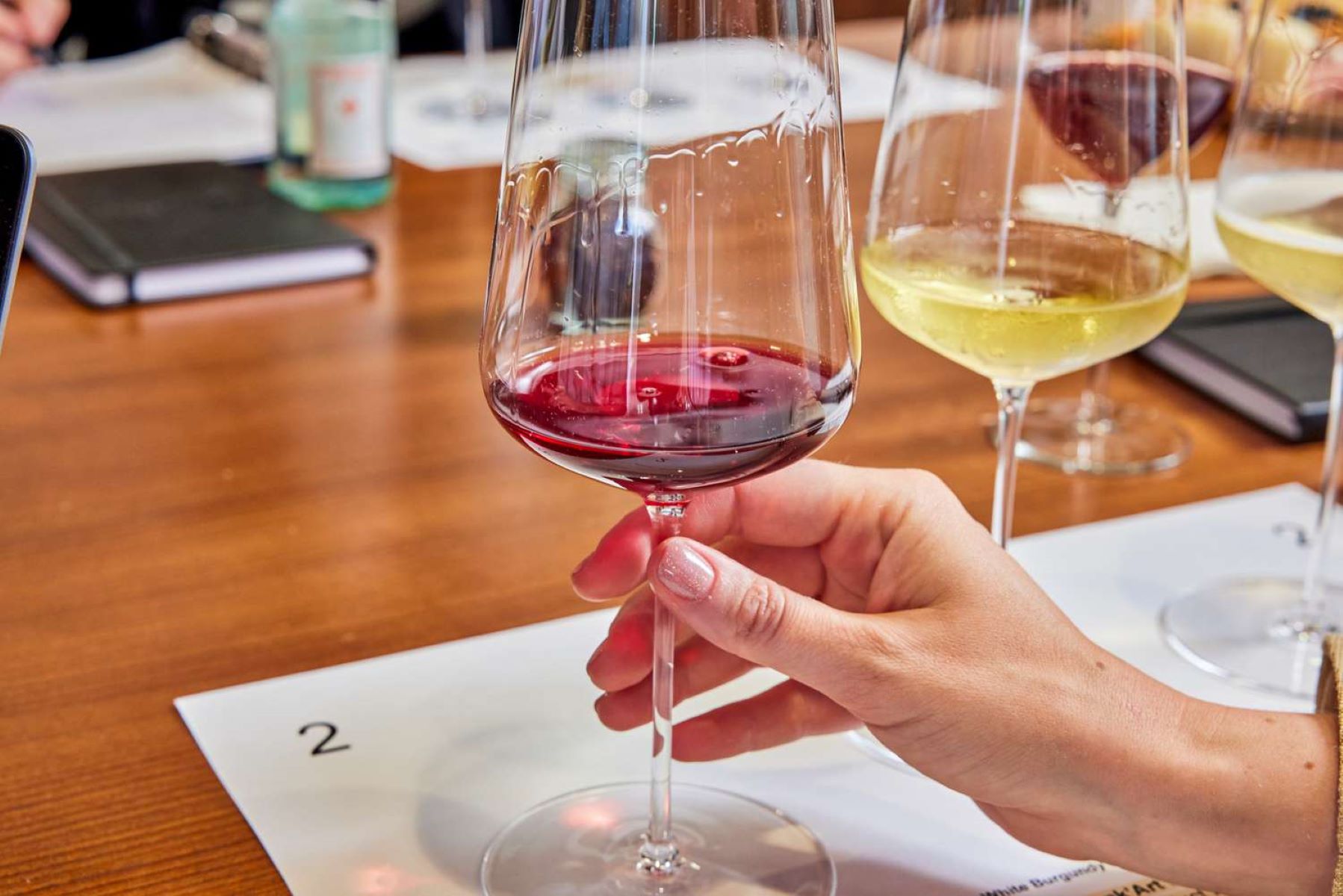

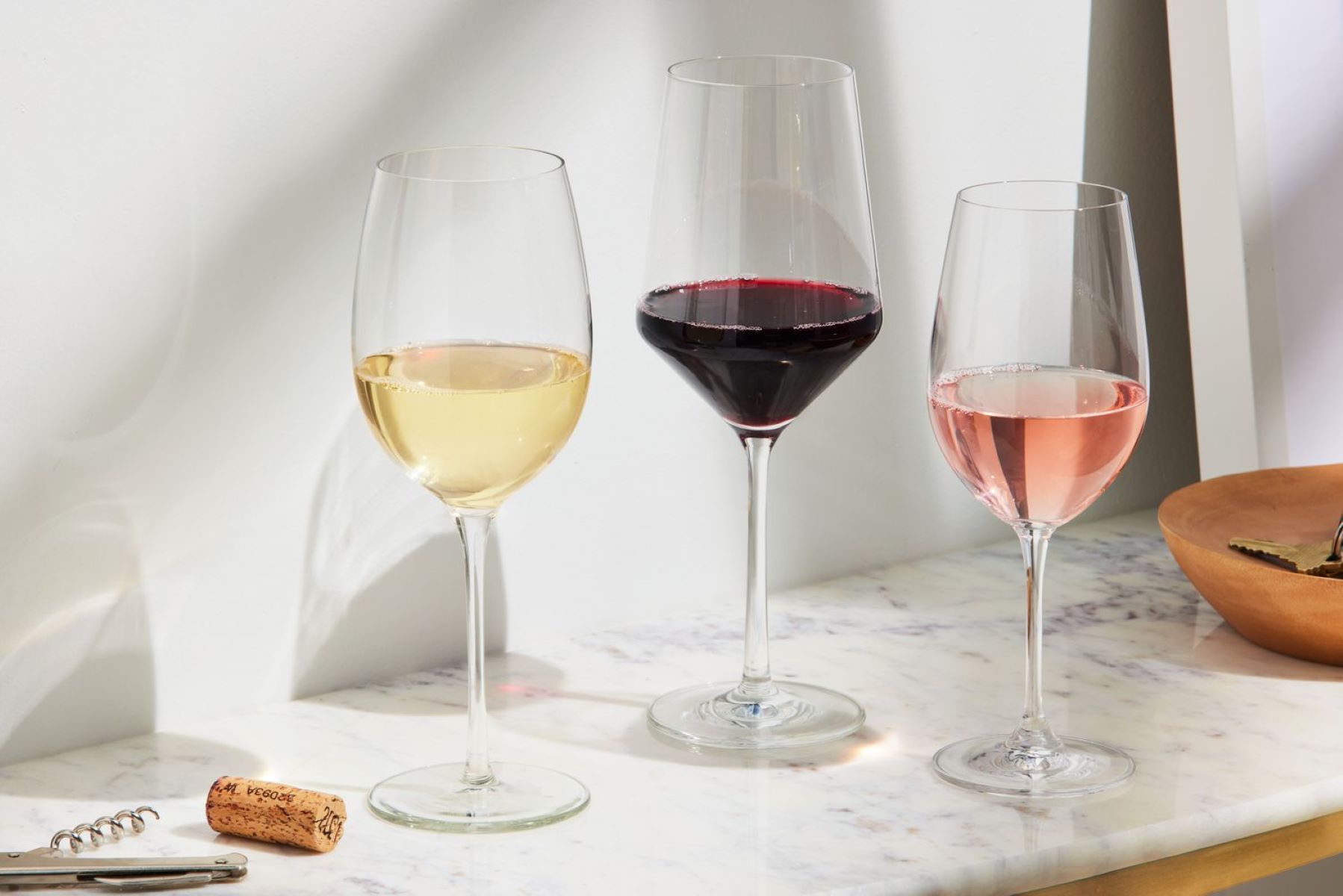
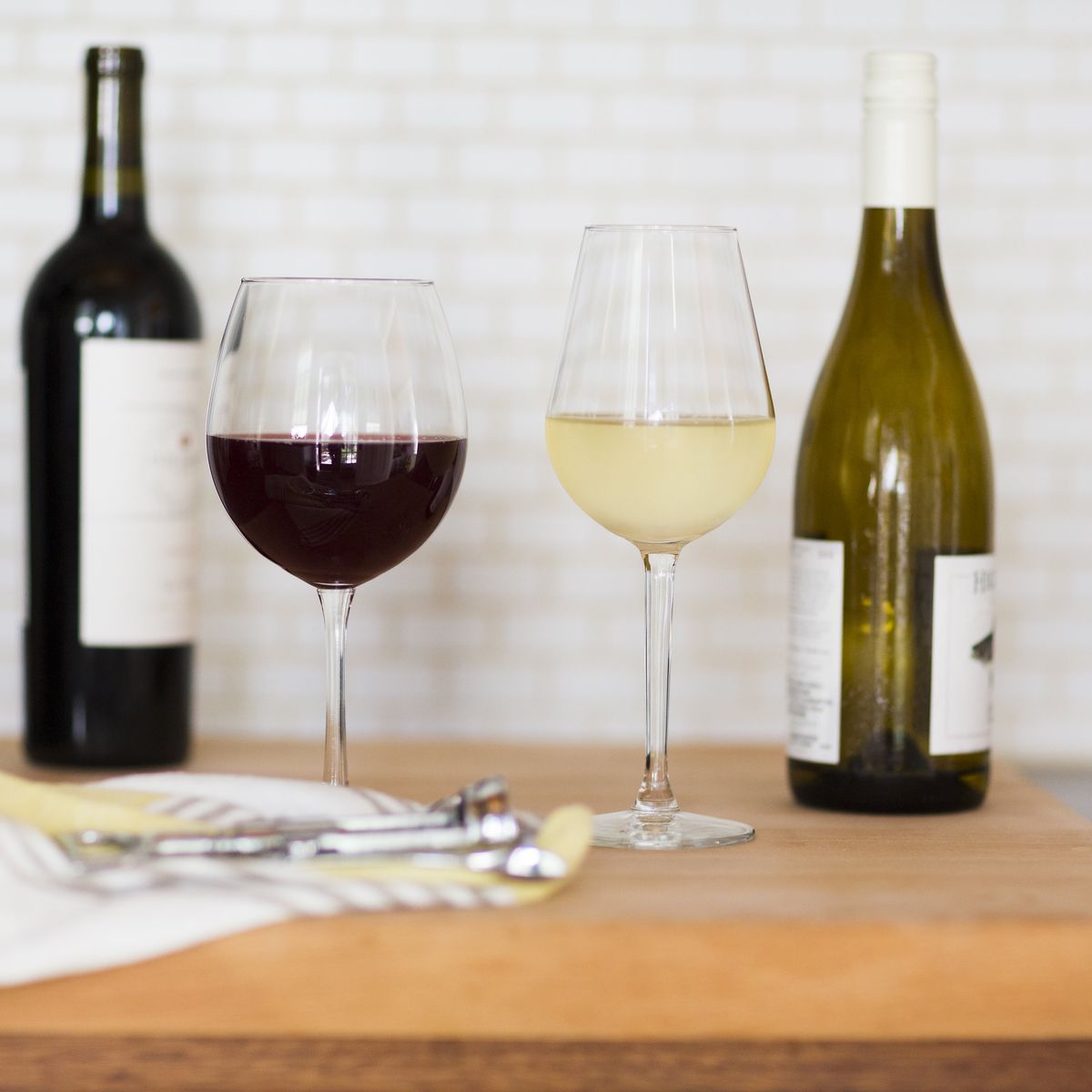

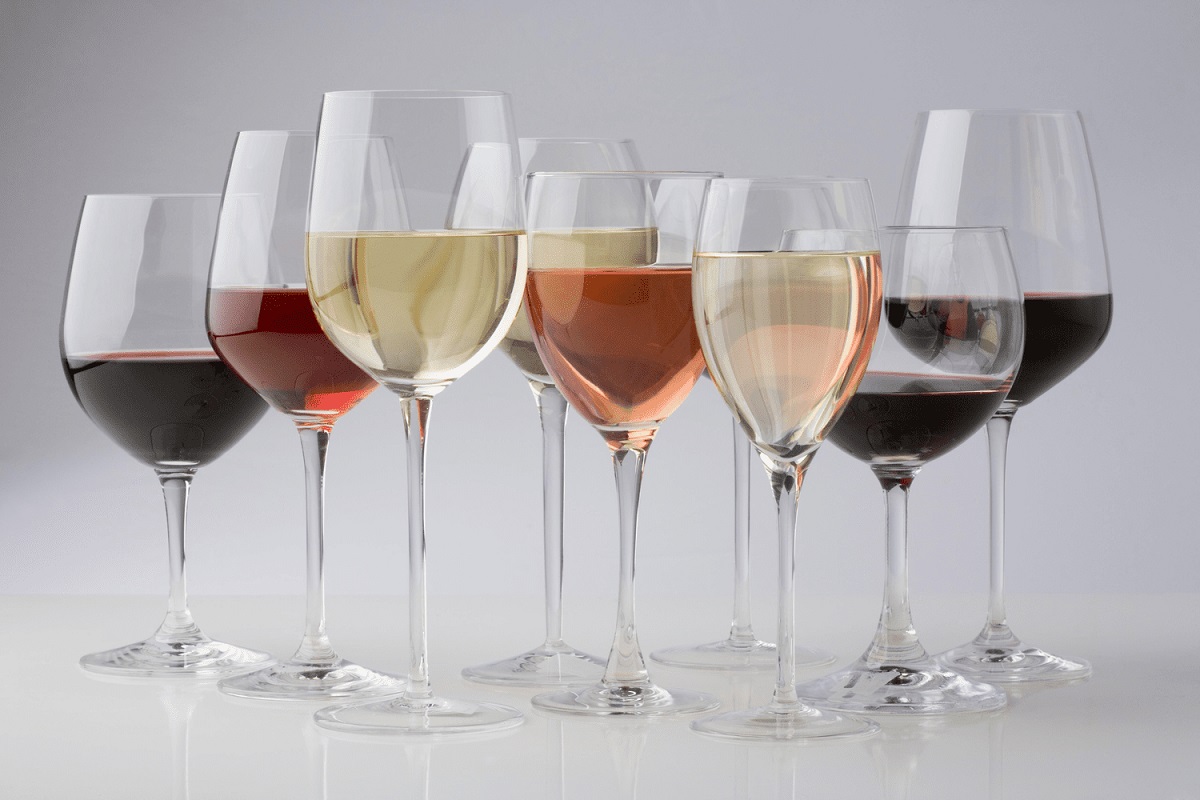



0 thoughts on “What Is Considered A Glass Of Wine”